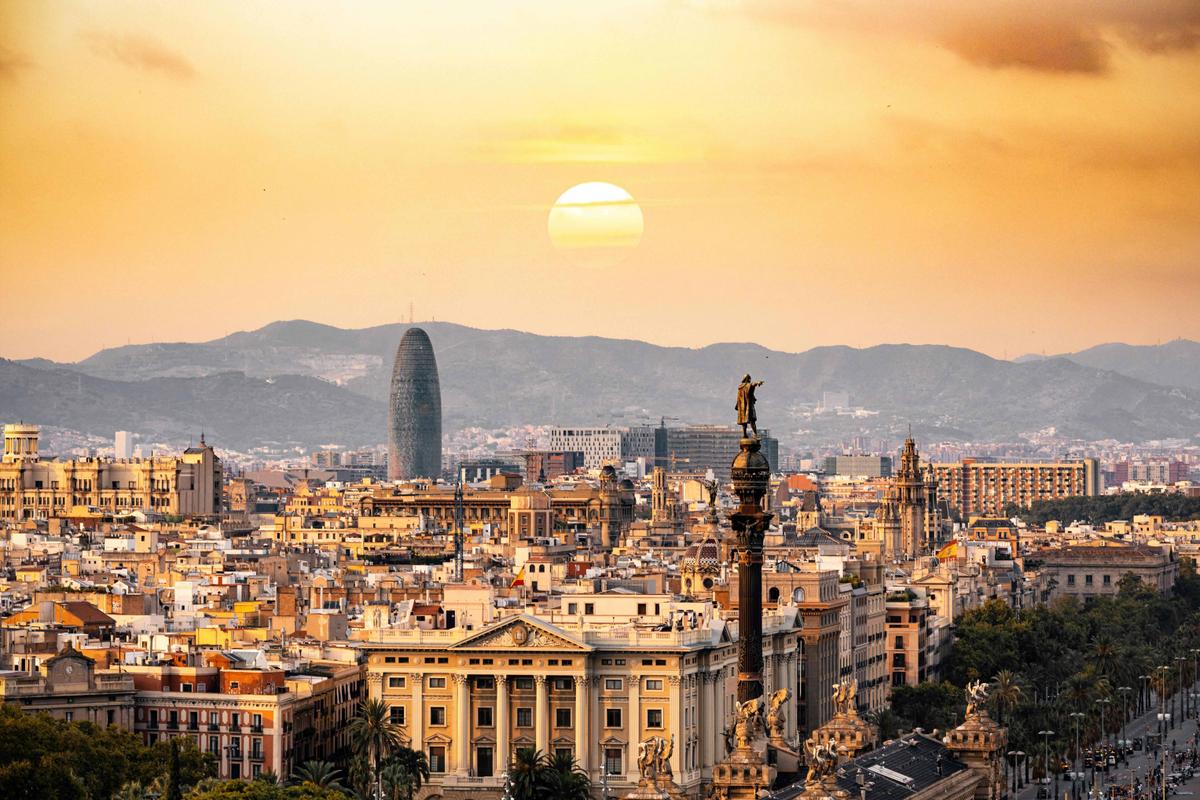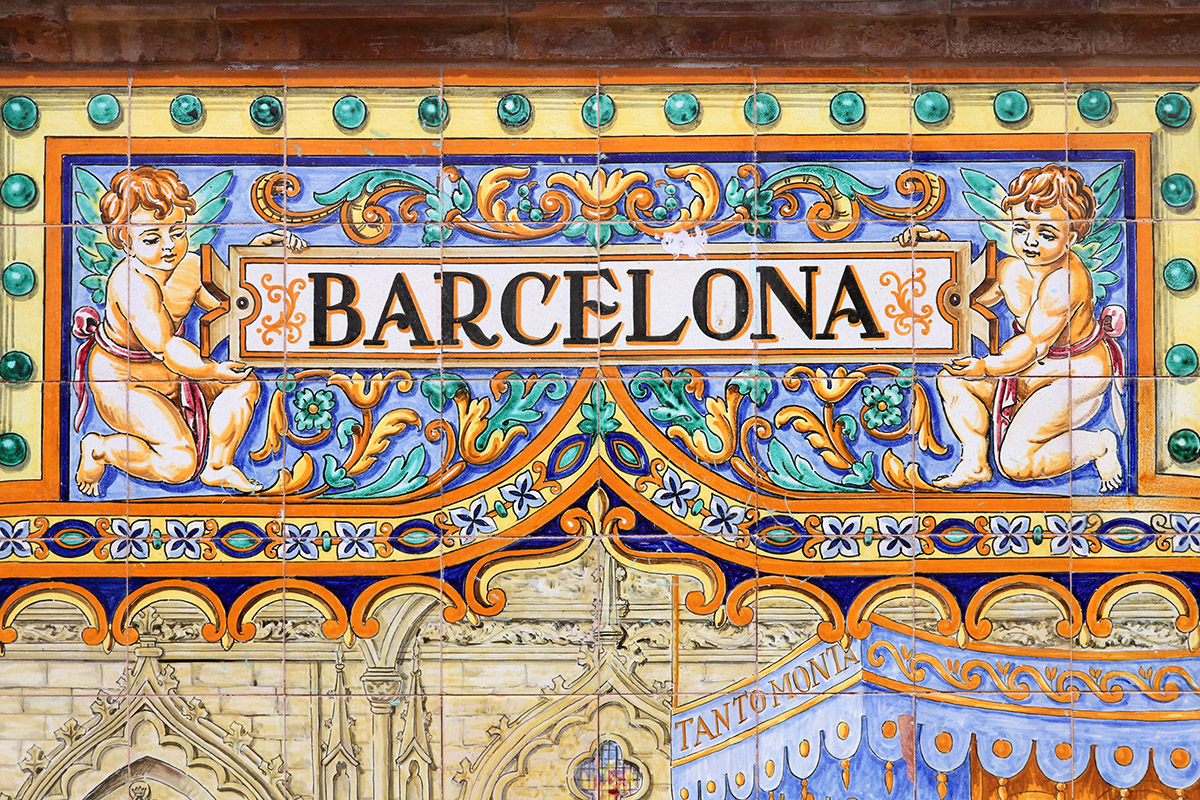The beauty of Barcelona, aptly called the “jewel of the Mediterranean,” is matched only by the city’s fascinating complexity. An ancient port city, here, Catalonian culture, politics, and whimsical architecture meet with trends and traditions blown in on the trade winds. That makes it both a challenge and a joy to explore in just a single day. Here’s a good plan to do so.
Arrival
Josep Tarradellas Barcelona-El Prat Airport (BCN) sits in the city’s extreme southwest corner. While public transit into town requires multiple connections, there is an efficient bus called Aerobus that will take you there. Ride-sharing services are abundant, are relatively inexpensive, and work with local taxi companies. These might be your best option, with such a limited amount of time. Depending on traffic, it takes about 45 minutes to reach the city center.
Visitors can immediately see why Barcelona is the only city to have ever received the Royal Gold Medal for architecture. Aleksandar Pasaric/Pexels










